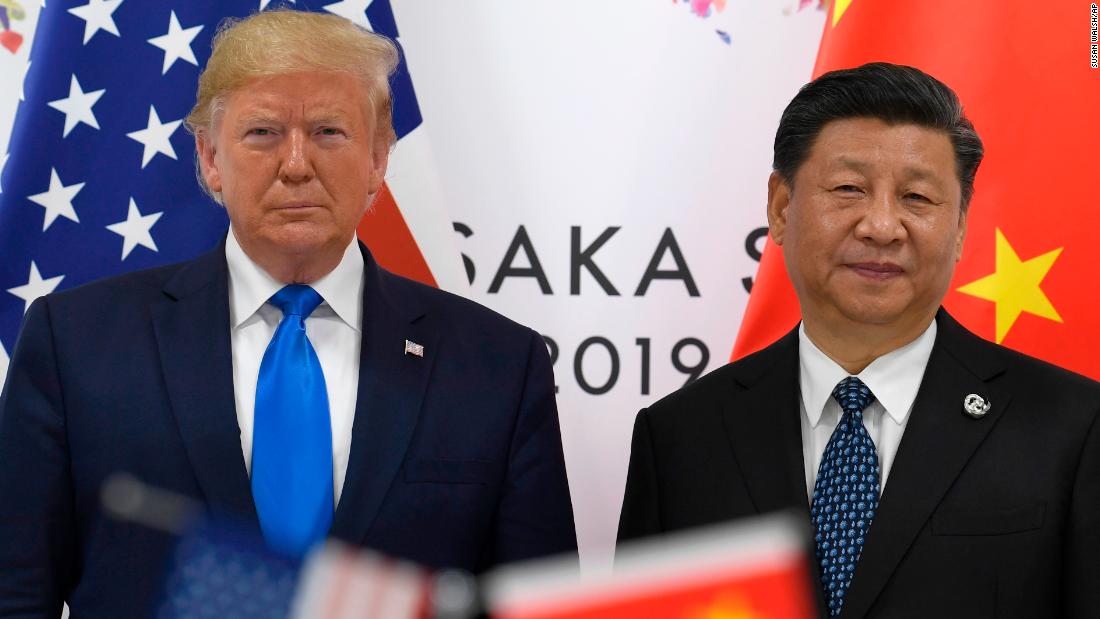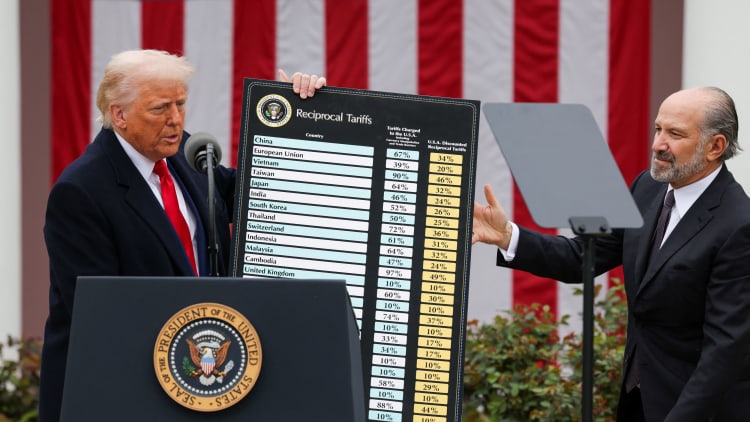Introduction to U.S.-China Trade Talks
The U.S.-China trade talks have once again taken center stage, drawing the eyes of investors and policymakers alike. As tensions simmer in this complex relationship, the stakes are higher than ever. With global markets on edge and economic indicators shifting daily, every development in these negotiations could ripple across industries worldwide. The countdown is on — what will this latest round of discussions bring? Will we see a thaw in relations or further escalation? Let’s dive into the critical elements shaping these talks and their potential impact on us all.
History of the Trade War
The US.-China trade war began in 2018, ignited by tariffs and accusations of unfair practices. The U.S. aimed to address trade imbalances and protect intellectual property rights, which led to retaliatory measures from China.
Initially, the Trump administration imposed hefty tariffs on a range of Chinese goods. This sparked tension between two economic giants. China’s response included levies on American products like agriculture and automobiles.
Discussions unfolded over several rounds but produced limited results. Each side accused the other of backtracking or not negotiating in good faith.
As time passed, sentiments shifted across industries that felt the pinch of rising costs due to tariffs. Businesses adapted while consumers faced higher prices for everyday items.
Despite temporary truces such as the Phase One agreement in early 2020, unresolved issues lingered—setting a complicated stage for ongoing negotiations and uncertainty in global markets.
Impact on Global Economy and Markets
The ongoing U.S.-China trade talks hold significant sway over global markets. Uncertainty surrounding tariffs disrupts supply chains and investment decisions across industries.
When the world’s two largest economies engage in disputes, repercussions ripple through financial systems worldwide. Stock prices fluctuate with every rumor of progress or setbacks in negotiations. Investors remain on high alert.
Emerging markets are particularly vulnerable to shifts in U.S.-China relations. Trade tensions can lead to capital flight as investors seek safer havens for their assets.
Moreover, commodity prices often respond sharply to developments between these superpowers. For instance, oil and agricultural products may see volatility based on anticipated changes in demand from China.
As businesses adapt strategies amid this unpredictability, the interdependence of nations becomes glaringly evident. The health of the global economy hinges significantly on how these discussions unfold.
Current State of Negotiations
The current state of U.S.-China trade negotiations is marked by cautious optimism. Both nations have resumed talks after months of tension, signaling a potential thaw in their frosty relations.
Recent meetings focus on crucial issues like tariffs and intellectual property rights. Each side seems more willing to listen this time around. The stakes are high, with global markets closely watching for any signs of agreement.
Negotiators face pressure from various stakeholders. Industries impacted by the trade war are eager for clarity and resolution. Meanwhile, political pressures loom large as domestic concerns rise in both countries.
Despite some progress reports, significant hurdles remain. Disagreements over technology transfer policies continue to pose challenges.
As discussions unfold, businesses worldwide prepare for possible shifts that could reshape market dynamics significantly. Investors remain alert and ready to adapt to whatever comes next in these pivotal talks.
Key Players and Their Stances
The U.S.-China trade talks feature key players with distinct stances that shape the course of negotiations.
On the American side, President Biden aims to balance competitiveness with cooperation. His administration seeks stronger labor protections while addressing supply chain vulnerabilities.
China’s leadership, under Xi Jinping, emphasizes national sovereignty and economic self-sufficiency. They advocate for a more equitable trade framework but remain wary of external pressures.
Business leaders play crucial roles too. U.S. corporations like Apple push for tariff reductions to maintain profitability in China’s vast market. Meanwhile, Chinese manufacturers are eager to secure access to advanced technologies from the West.
Trade representatives also influence outcomes significantly. The strategies they implement reflect their nations’ priorities and historical contexts, making each negotiation session pivotal.
Understanding these perspectives is essential as tensions rise and markets react in anticipation of new developments within this complex landscape.
Potential Outcomes and Effects on Industries
The ongoing US.-China trade talks could reshape numerous industries. A breakthrough agreement might restore tariffs to pre-trade war levels, benefiting manufacturers in both countries.
On the flip side, unresolved tensions may push companies to diversify their supply chains. This shift could lead to increased production in Southeast Asia and beyond, impacting labor markets worldwide.
Technology sectors remain particularly vulnerable. Companies heavily reliant on Chinese components may face delays or inflated costs if negotiations stall further.
Agriculture is another critical area of concern. U.S. farmers hope for favorable terms that would enhance exports but fear retaliation should discussions collapse.
Consumer goods may also see disruptions as businesses adapt quickly to regulatory changes from either side. Shoppers might experience price fluctuations based on tariff adjustments and market responses throughout this uncertain landscape.
Market Predictions and Preparations
As the U.S.-China trade talks resume, market participants are on high alert. The uncertainty surrounding these negotiations continues to create ripples across global markets. Investors are closely monitoring developments, knowing that decisions made during these discussions could trigger significant shifts in economic conditions.
Analysts predict a mixed bag of outcomes. If both countries find common ground, we could see a boost in investor sentiment and an uptick in stock prices worldwide. Sectors such as technology and agriculture—two areas heavily impacted by tariffs—might experience renewed growth.
Conversely, if tensions escalate or agreements fall through, volatility is likely to increase. Market corrections may occur as traders reassess risks associated with their investments. Industries reliant on exports could face further challenges amid ongoing tariff disputes.
Market preparations appear crucial at this juncture. Diversification remains key for minimizing risk exposure while taking advantage of potential opportunities arising from new policies or trade agreements between the U.S and China.
Staying informed about current developments and understanding how they intertwine with broader economic trends will be essential for navigating this complex landscape effectively. As negotiations progress, keeping a close watch on market reactions will provide valuable insights into future movements within global markets tied to this pivotal relationship between two powerhouse nations.




